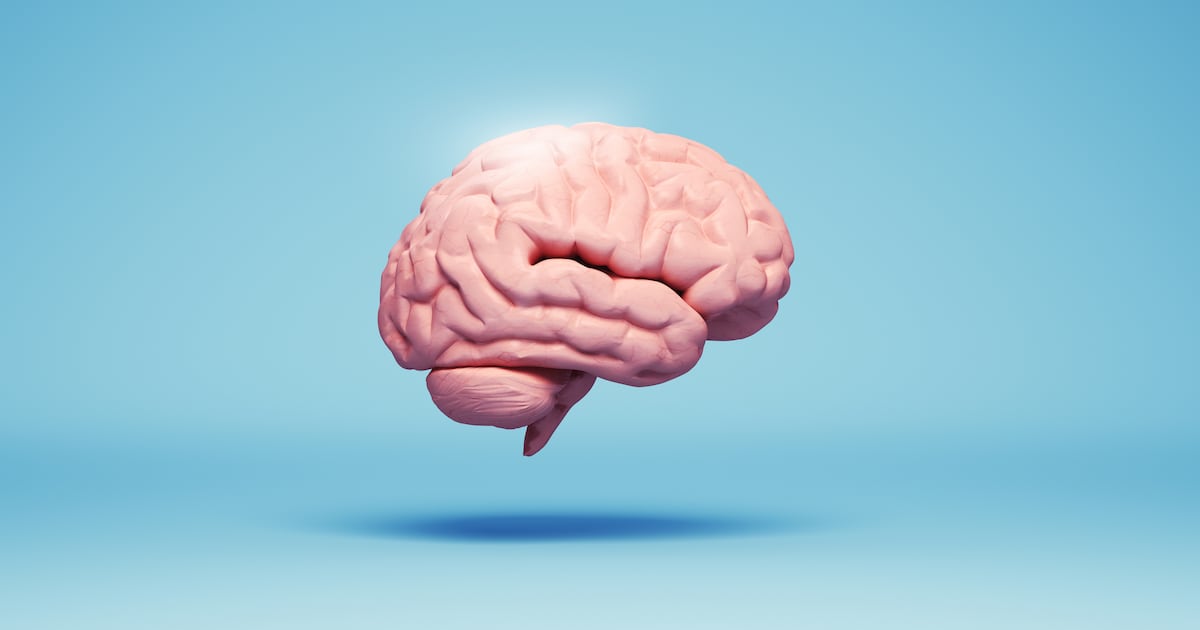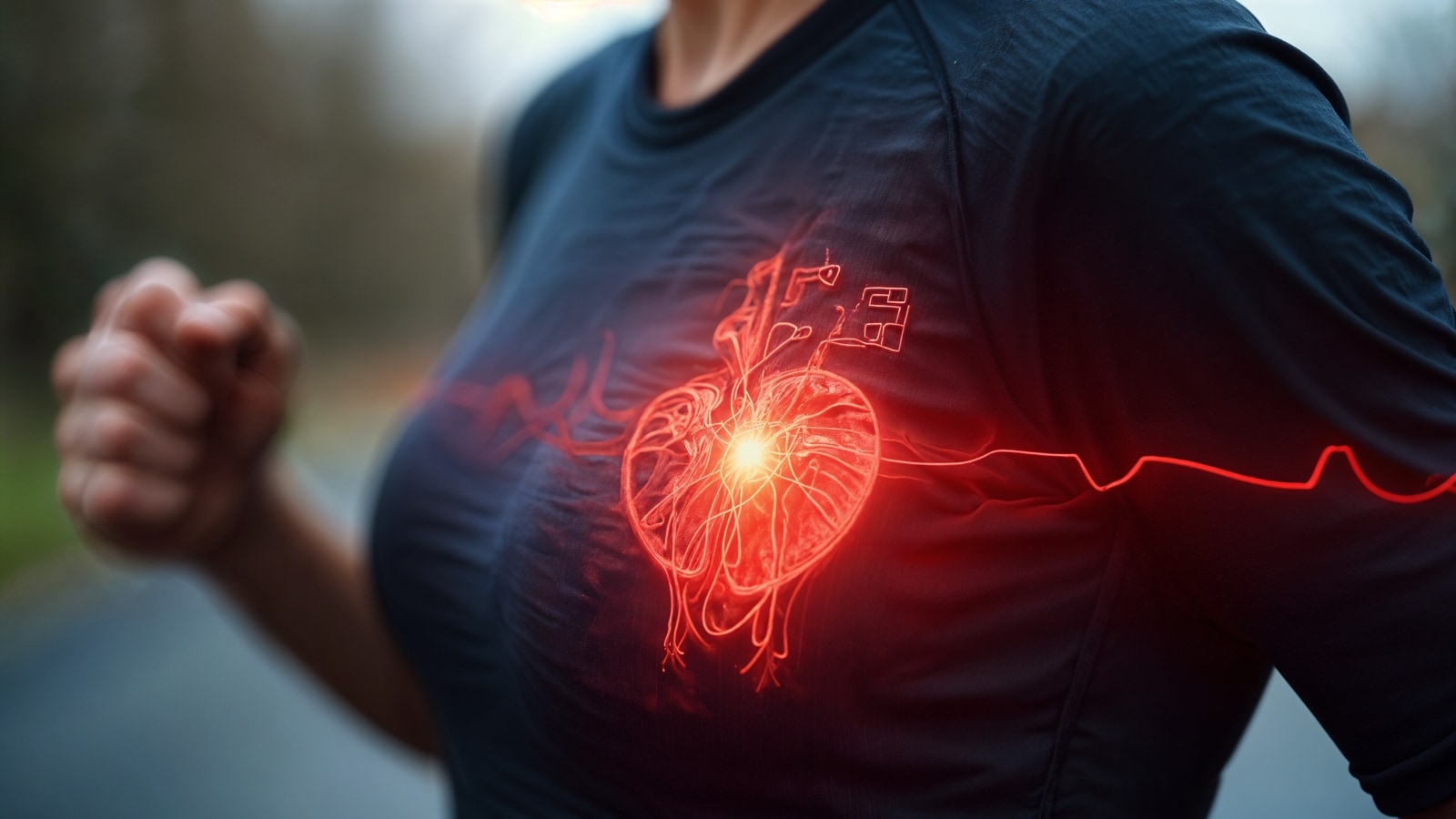People who experience food insecurity or loneliness are much more likely to develop chronic pain after surgery, according to new research presented at the ANESTHESIOLOGY® 2025 annual meeting.
Chronic pain – lasting three months or…

People who experience food insecurity or loneliness are much more likely to develop chronic pain after surgery, according to new research presented at the ANESTHESIOLOGY® 2025 annual meeting.
Chronic pain – lasting three months or…

In a major scientific breakthrough, scientists have identified two specific types of brain cells linked to depression for the first time, offering a clearer biological understanding of the disorder. Researchers at McGill University and the…

Most children – including nearly 80% of infants – go without clear liquids before surgery for at least twice as long as guidelines recommend, according to an analysis of data on more than 70,000 children presented at the…

Chronic pain is a significant global health burden.1 The impact of persistent pain on patients’ social engagement is considerable, often resulting in reduced participation or avoidance of daily and social activities due to the…

Alzheimer’s Disease (AD) is a chronic degenerative illness of the Central Nervous System (CNS) that causes cognitive, mental, behavioral, and physical disorders, with sporadic and late-onset AD predominating.1 Synaptic…

Influenza, commonly known as the flu, is an acute respiratory infection caused by influenza viruses,1 characterized by sudden onset, rapid transmission, and the potential to reach epidemic levels. Influenza-like illness (ILI) is a…


The intervention also raised blood serotonin, the neurotransmitter 5-HTP helps produce. However, anxiety scores and Alzheimer’s-linked blood proteins did not change.
The study enrolled 30 adults with a mean age of 66 to 67. Participants were…

Despite countless awareness drives and medical advancements, myths surrounding heart health refuse to fade. Many people still associate heart disease only with men or assume that an active lifestyle completely shields them from risk. In…